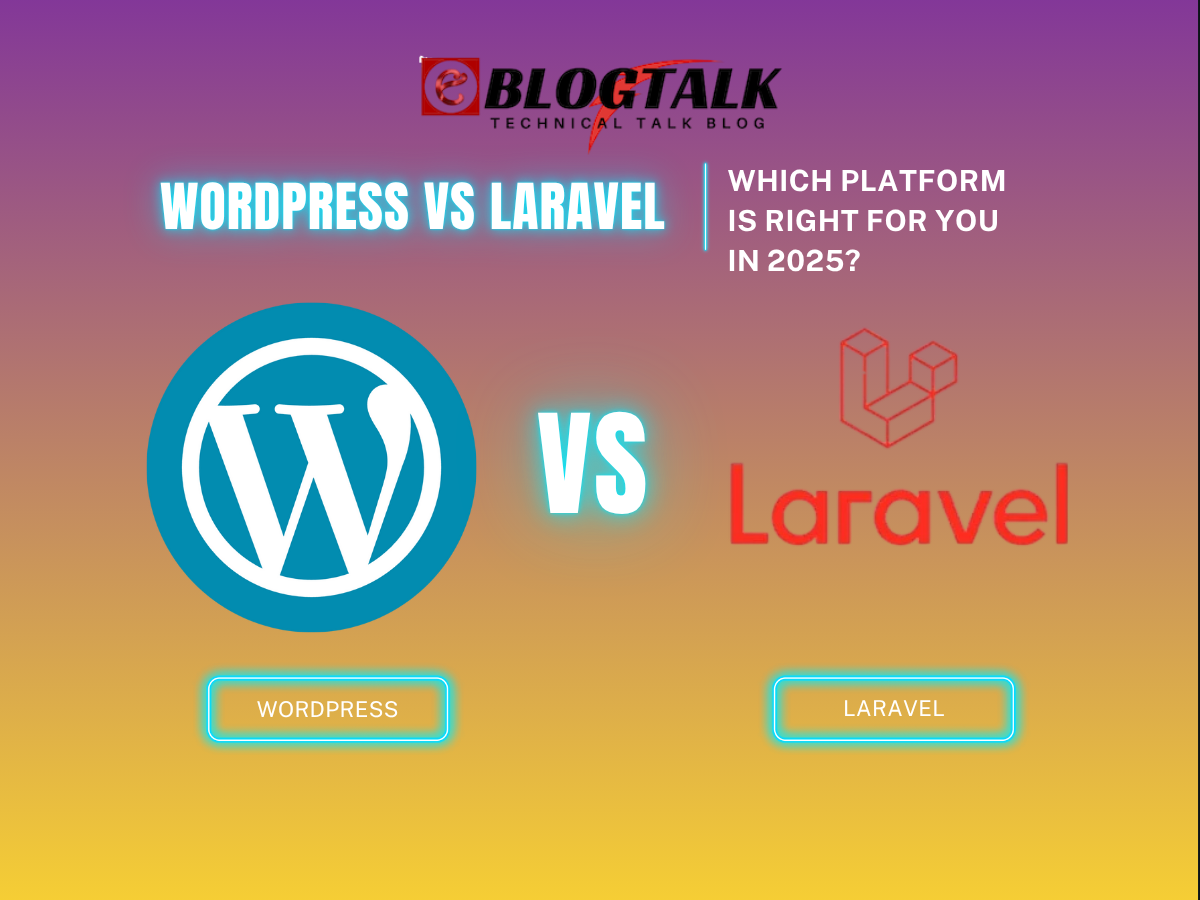Approximately 25-30% of online content is estimated to be duplicate. This implies that most of what is published online is either the same or very close to something already existing. To a search engine such as Google, this repetition is of little value to users.
To manage this, search engines normally choose one of the two (or more) similar versions to present in the search results. That is when Canonicalization will be useful; you can tell what version should be considered the original one, and it will help your best pages rank better and use crawl resources more effectively.
With that said, let’s jump right in and explore the details you need to know.
What is Canonicalization?

Canonicalization refers to an SEO process where you instruct search engines regarding which URL version they should use as the main or original version when there are many pages with similar or identical content. It is accomplished with the help of a canonical tag (rel=”canonical”), which is a small fragment of HTML code located in the <head> section of a web page.
An easy example would be: say you have this content at both example.com/page and example.com/page?ref=123. Search engines may be confused about which to show. Setting a canonical tag on the duplicate page pointing to the original (example.com/page) guides search engines to focus on that primary version.
This is so helpful in preventing cases of duplicate content that may harm your search visibility. It also allows consolidation of all the SEO value (such as backlinks and engagement metrics) to a single preferred URL rather than being divided between multiple versions.
Canonicalization is particularly relevant to e-commerce sites, blogs and other websites with filters, tracking parameters or URL session IDs. Otherwise, your site may lose its crawl budget on the pages it does not need, and your most valuable content may not appear as high as it should.
In summary, Canonicalization will help you tidy up URL confusion and ensure that search engines are viewing what you desire them to view. It is a minor adjustment with a possible major effect.
Explaining the Canonical Tag: How to canonicalize URLs?
A canonical tag is one of the most effective tools in SEO that allows the search engines to realise what version of a URL you prefer to be considered the main one. This is necessary if your site contains pages with identical or nearly identical content, which occurs more frequently than you might imagine, particularly with dynamic URLs, filtered pages or tracking parameters.
To canonicalize a URL, you need to place a <link rel=”canonical” href=”URL” /> tag in the <head> section of your HTML. The href value should point to the preferred version of the page. For example, if both https://example.com/shoes?color=red and https://example.com/shoes show the same content, you would place this tag on the parameter version:
<link rel=”canonical” href=”https://example.com/shoes” />
This informs Google and other search engines: “Hey, this page is a copy of the original; please give credit to the original.”
Some useful tips:
- Always use the full, absolute URL (with https and domain name).
- Never canonicalize the pages to irrelevant or unrelated content.
- Do not point several pages to the homepage unless it is necessary.
Most contemporary CMS systems, such as WordPress, Shopify or Wix, allow defining canonical tags automatically or using SEO extensions such as Yoast or Rank Math.
To summarize, Canonicalization ensures your content’s SEO value is not spread across several URLs. It also makes your site clean, crawlable, and ranked higher in the search results.
More Resources:
Successful Entrepreneurs in India 2025
Young Entrepreneurs in India
MBA Chai Wala Net Worth 2025
Vivek Bindra Net Worth 2025
Aman Gupta Net Worth 2025
Emiway Bantai’s Net Worth 2025
Archana Puran Singh Net Worth 2025
What’s the need for Canonicalization?
Canonical URLs help search engines such as Google decide which page to show in search results and control the frequency of their visits to your site. Google bots operate under a so-called crawl budget, which allows for the number of pages they will crawl and index in a given period.
It is critical to have hundreds or thousands of pages on your website, like an e-commerce store. You would not want Google to spend time crawling ten almost identical pages of the same product and miss out on new blog posts or important content.
Canonicalization comes in here. By clearly labeling the pages as the main ones and duplicates, you assist search engines in utilizing their time wisely.
Better still, canonical tags can boost your pages’ SEO. Google may divide the value between the versions of a page when multiple instances of that page are linked to, say, a tracking URL in an email newsletter or a filtered category page.
A proper canonical setup tells Google which version of a page is the main one. It then combines all the SEO value from duplicate pages into that single version, helping boost your chances of ranking higher in search results.
When Do You Need Canonicalization?
Canonicalization is necessary if your site contains duplicate or near-duplicate content, which happens more often than most individuals realize. Duplicate URLs referring to identical content may result from a misconfiguration or something in your site structure. Still, either way, this will confuse search engines and undermine your ranking. That is where the canonical tag comes in; it assists you in directing search engines to the principal version of a page.
Here are some situations where Canonicalization is necessary:
1. Multiple URLs with Identical Content
In some cases, the same content can be available under various URLs. As an example, example.com/page, example.com/page?ref=abc and www.example.com/page. Although the same content is used, the search engines perceive those as different pages, and your SEO strength is divided.
2. E-commerce Filters and Sorting
Online stores produce various URLs when filtering using size, color, or sorting. Thus, one product may be at more than one URL, e.g., example.com/shoes?color=red and example.com/shoes?sort=price. Canonical tags assist in redirecting all those variations to a single product page.
3. Content Syndication
When your blog post appears on other websites (such as Medium or partner websites), you are expected to have canonical tags that will indicate to Google that the version on your site is the original. This protects your authority and avoids duplicate content penalties.
4. Session IDs or Tracking Parameters
In other cases, the URL may contain session or tracking parameters of user data or marketing tools (such as UTM tags). Although these are helpful in analytics, they may generate several versions of the same page. Because of Canonicalization, they are not perceived as individual pages.
5. HTTPS vs HTTP, or WWW vs Non-WWW
Canonical tags are required to prevent content duplication when your site can be accessed using multiple protocols (e.g., http://example.com, https://example.com) or subdomains (e.g., with and without www).
Other Resources:
AdSense Plugins for WordPress 2025
WordPress AntiSpam Plugins 2025
WordPress Form Builder Plugins 2025
Google Analytics Plugins For WordPress 2025
WordPress Advertising Management Plugins 2025
WordPress Cache Plugins to Improve Speed and Core Web Vitals 2025
WordPress Backup Plugins For Automated Backup 2025
Canonicalization VS Redirects VS Pagination
Let’s now look at the differences between Canonicalization, Redirects, and Pagination in SEO:
Feature / Use Case Canonicalization Redirects (301/302) Pagination
Definition Tells search engines which version of a duplicate page is preferred Sends both users and search engines to a different URL Organises content spread over multiple pages
Affects Users? No – users stay on the same page Yes – users are taken to a different page Yes – users navigate through content pages (e.g., 1, 2, 3)
Used For Duplicate or similar content across multiple URLs Content that has moved or should no longer be accessed Long-form content, product listings, or blog archives
SEO Benefit Consolidates ranking signals to a single URL Transfers SEO value from old URL to new one (301 only) Helps organize and index large sets of content
Best Practice Example Duplicate product URLs with UTM or filter parameters Outdated blog post redirected to a newer one Multi-page product category or blog index
Tag/Method <link rel=”canonical” href=”…”> 301 or 302 HTTP status codes <link rel=”next”> and <link rel=”prev”> (deprecated by Google, but still useful for UX)
Search Engine Impact Search engine indexes only the canonical version Search engine indexes the target page only Search engines may crawl multiple pages if optimized
Each method solves a different SEO problem:
- Canonicalization is about managing duplicates.
- Redirects handle content relocation.
- Pagination is for breaking large content into manageable, connected pieces.
Conclusion
Canonicalization might seem like a small technical detail, but it plays a huge role in keeping your SEO strategy clean and effective. Using canonical tags correctly helps search engines focus on your most important pages, avoid duplicate content issues, and ensure your rankings aren’t diluted across multiple URLs.
Whether you run an e-commerce site, a blog, or just a site with dynamic URLs, the right Canonicalization keeps your content visibility high. It corrects SEO errors and provides the right signals to Google so that your content is rewarded accordingly.
When done properly, Canonicalization can improve your positions and allow you to manage your site more conveniently in the long term.
FAQs About Canonicalization in SEO
1. What is Canonicalization in SEO?
Canonicalization in SEO refers to telling search engines which version of a webpage should be treated as the original when duplicate or similar content exists.
2. Why is Canonicalization important for SEO?
It helps consolidate ranking signals, avoids duplicate content penalties, and ensures search engines index the correct version of your page.
3. How do I add a canonical tag to my website?
You can add a <link rel=”canonical” href=”your-preferred-URL” /> tag in the <head> section of your HTML or use an SEO plugin if you’re on a CMS like WordPress.
4. When should I use canonical tags?
Use canonical tags whenever your site has duplicate content across different URLs, such as filtered product pages, tracking parameters, or syndicated blog posts.
> My Response is on my own site
> Image Sharing Sites
> Profile Submission Sites
> Edu Sites for Backlinks
> Ping Submission Sites
> PDF Submission Sites
> Social Bookmarking Sites
More Resources:
> What is breadcrumb navigation for SEO?
> Mobile SEO Mistakes
> How do we improve page speed- The Complete Guide
> SEO Myths about website optimization
Disclaimer: The net worth, assets, and other information shared here are based on reports from News websites. Sometimes, celebrities or their teams also provide their input, which we include when available. We aim to provide accurate information, but unless stated otherwise, these numbers are approximate. We welcome feedback at info@eblogtalk.com.






